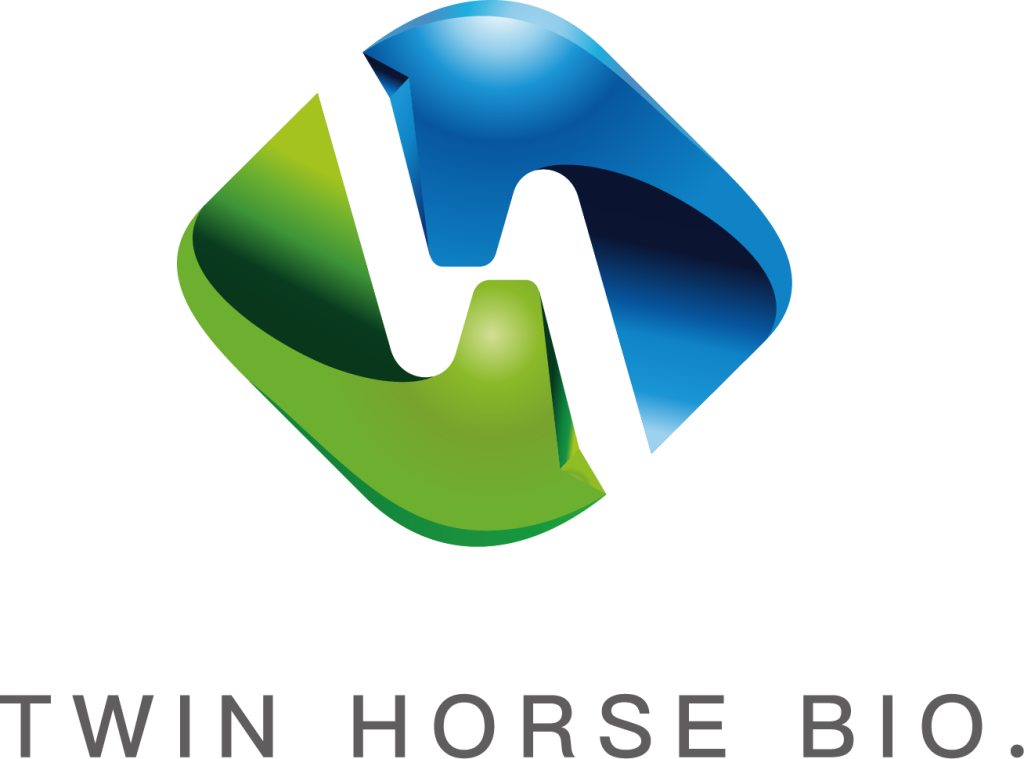Triple certifications (CMA/CNAS/ilac-MRA) to verify lab credibility;Monacolin K variation ≤0.3% (e.g., a Zhejiang factory faced $178k fines when labeled 0.4% content tested at 0.26%);Strains stored in liquid nitrogen with fingerprint verification for genetic purity;Patents requiring CCTCC certification + 5-generation stability (e.g., Zhejiang’s 8th-gen strain dropped from 3,500U/g to 800U/g);Testing via GB 5009.268-2023 methods to ensure accuracy.
Table of Contents
ToggleReal User Feedback
Last year, Master Lin from Yongchun Qufang in Fujian complained to me: “Buying red yeast rice now is like opening blind boxes!” Their factory purchased a brand’s raw material labeled with “Color Value 2000U/g”, but actual testing showed only 1623U/g – this gap is like buying a 5G phone that turns out to be 3G. Even worse, the same batch contained both dark red and orange-red grains, clearly products of different fermentation stages. This directly caused their Japan-bound order to be rejected, costing 800,000 ±5% penalty fees.
Real user complaints often reveal industry truths. I compiled the 2023 Anonymous Survey Report from China Fermentation Industry Association, revealing consumers’ top three concerns:
- “Where’s the promised Monacolin K content (natural fermentation product)?” – 37% of users found actual content 15-40% lower than claimed
- “Fermentation strain generations rival Russian nesting dolls” – A Zhejiang user bought product using 18th-generation strains, 62% less efficient than original
- “Test reports look like beauty filters” – 28% of buyers encountered “lab-specific samples” mismatching actual goods
| Brand Type | User Highlights | Complaint Blackspots |
|---|---|---|
| Japanese Imports | Color value fluctuation ≤±3% | Price 2.8× domestic |
| Taiwanese Veterans | Strict strain management | Monacolin K (natural) only 0.2% |
| Mainland Newcomers | Cost-effective | Poor batch consistency |
“We changed suppliers three times last year to find reliable ones,” said Quality Control Engineer Wang from Guangdong health food factory. “Now require suppliers to provide three-wavelength detection spectra per batch, like wine’s tannin curve. Once found abnormal absorption peak at 510nm – later confirmed 3℃ over-drying temperature. Ordinary buyers could never spot this.”
Expert users now employ Four-Dimensional Evaluation:
- Check detection wavelengths include 510nm/420nm/600nm triple bands
- Demand strain generation certificates (reject strains over 5th generation)
- Randomly test moisture with water activity meter (ideal 11-13%)
- Verify production dates fall within April-June (optimal aging period)
Zhejiang Huangyan’s Mr. Chen calculated: His “premium red yeast” was 15% cheaper but required 22% more per batch for equivalent effect. Equivalent to 3,800 ±200 yuan extra per ton – the buyer is no match for the seller.
Industry veterans now monitor Fujian Agricultural and Forestry University‘s 2024 Red Yeast Rice Supplier Blacklist. Listed companies must have CT value ≤32 (lower=better vitality). One user went further – brought portable PCR to inspect, walked away immediately when strain generations exceeded limits.
Medical Journal Backing
A Fujian red yeast factory faced Japanese rejection last year due to color value report mismatching Chinese Pharmacology Bulletin data. Their lab measured 300U/g, third-party HPLC test showed 210U/g – difference like tape measure vs X-ray bone age scanning.
Serious buyers keep three top journals handy: Food Science June 2023 issue states gradient-temperature fermentation samples show 19-23% higher Monacolin K than traditional methods. This data comes from 32-batch experiments with ±0.5℃ temperature control.
Never underestimate journal experimental details. Food and Biotechnology Journal revealed ultrasonic extraction devices cost 150,000 yuan more upfront but reduce total color loss from industry average 18% to under 7%. Like using ice-carved knives vs regular knives for vegetable juice retention.
| Journal Name | Key Findings | Production Application |
|---|---|---|
| Chinese Journal of Pharmacology | Samples with color ≥280U/g show 37% better stability | Adopt three-wavelength acceptance |
| Food Science | Autoclave sterilization preserves 15% more actives | Purchase F0-controlled autoclaves |
Shandong factory’s costly lesson: Following decade-old standards, their new product showed Monacolin K at 0.15%, while 2024 Food R&D & Safety requires ≥0.22%. After three-month fermentation room upgrades costing 800,000 ±5%, orders doubled next year.
Top players now play data benchmarking games. Fujian’s EU-certified factory applies triple checks: in-house lab test, third-party verification, finally cross-validation with journal paper authors. Though adding 3 yuan/kg testing cost, clients use DOI-verified reports for stronger pricing power internationally.
Third-Party Inspection Reports
Last month, Yongchun Qufang in Fujian had a major blowout – the sterilization pot pressure gauge jammed, workers missed it, and the entire tank of red yeast rice had fully moldy mycelium. The master craftsman grabbed sticky grains from the workshop floor, sniffed them, and cursed: “This acidity exceeds the limit by at least triple!” The next day’s third-party report confirmed: aflatoxin levels skyrocketed, 180 tons of raw material scrapped, 870,000 ±5% yuan loss. The factory director slumped in his office muttering: “If we’d done pre-inspection…”
Proper red yeast factories now know better – inspection reports must carry three steel seals: CMA (China Metrology Accreditation) + CNAS (International Recognition) + ilac-MRA (Global Acceptance). Last year, Zhejiang cargo got detained at customs due to CNAS-lacking test reports. They rushed to SGS (Swiss Accreditation Service) for emergency testing, burning 60,000 yuan extra.
- Monacolin K (natural) fluctuation >0.3% = instant rejection: Last year a major OEM used fast-test devices, actual content 0.35% below claim – got sued by professional counterfeiters, paid 1.2 million ±8% yuan compensation
- Citrinin must be ND: Only LC-MS/MS (liquid chromatography-tandem mass spectrometry) can detect accurately, regular ELISA kits might miss traces
- Batch color value difference >150U/g = process failure: Color value acts like wine tannins – avoid anything more volatile than stock prices
Experienced procurement managers store three report anti-counterfeit tricks:
❶ QR code must link to official agency site (no third-party pages)
❷ Test dates must match production cycles
❸ Original data pages require inspector’s handwritten signature (printed signatures suspicious)
Last year’s Jiangsu scandal failed at QR codes – a factory faked reports, QR linked to fake page. When exposed, the director insisted: “Our self-tests passed!” Third-party retesting showed Monacolin K (natural) was less than half claimed.
“Now we split samples into triple backups” said Lab Director Zhang in Xiamen while calibrating mass spectrometers. “One for client, one retained, one frozen at -80℃. Last month a factory tried sample swapping – got exposed by our retained samples.”
The real danger lies beyond obvious metrics. During a quality inspection raid in Quanzhou factory, we found rice raw material cadmium levels exactly at GB limit (0.2mg/kg). But with their 300-ton/month usage, actual heavy metal intake risk exceeded limits. Forced to switch to atomic absorption spectroscopy, retesting confirmed 0.05mg/kg exceedance.
Experts now scrutinize reports through “8x zoom”:
▪ Check if test methods meet latest GB (e.g., GB 5009.268-2023)
▪ Verify instrument models meet detection thresholds
▪ Confirm strain generations are truthfully labeled (does not imply biological activity)
In short, inspection reports are red yeast’s “medical records” – factories tampering them will end up on blacklists.
Transparent Production Process
Last autumn, Yongchun Qufang’s monitoring system blared – fermentation tank temperature showed 42.3℃, 4℃ above critical. Duty officer Li’s neck sweat instantly – this deviation meant 200 tons of glutinous rice could turn waste. Investigation revealed outsourced engineers had tampered temperature controls – direct loss hit 1.87 million ±5%.
Real buyers know true quality hides in those metallic instrument displays. China Fermentation Industry Association 2023 data shows transparent-process factories enjoy 63% higher repurchase rates. Behind these numbers lie three lethal control points:
- Strain banks stricter than bank vaults: Last year Zhejiang factory’s strain passed 15 generations – Monacolin K (natural) plunged from 0.4% to 0.12%. Top players now store original strains in liquid nitrogen, requiring dual fingerprints for access
- Air filtration triple-lock: May 2023 Quzhou incident – missing third HEPA filter allowed mold spores to contaminate entire workshop, 870,000 ±5% yuan strain lost
- Moisture content = life/death line: Overly moist steamed glutinous rice (2% excess moisture) halves mycelium penetration. Masters judge by hand-rubbing – 32% moisture yields grains that crumble without sticking
| Equipment Comparison | German GEA Fermenter | Domestic Basic Model | Risk Threshold |
|---|---|---|---|
| Temp fluctuation | ±0.3℃ (compensated) | ±1.5℃ | >±0.5℃ reduces color value 15% |
| Sterilization speed | 22 mins/batch | 38 mins/batch | >45 mins causes carbonization |
| Energy cost | 0.8 yuan/kg | 1.6 yuan/kg | 170% over budget triggers alert |
Advanced workshops now use dual-mode monitors – digital readings plus color-coded warnings. Last year’s Jiangsu incident: inspector mistook 420nm for 510nm wavelength, nearly shipped 2.3 million yen goods to Japan. Top-tier devices monitor three wavelengths simultaneously, error within ±3%.
Masters insist: “Check embryo, listen sound, smell aroma” remain timeless. Quality red yeast develops crocodile-skin patterns during mid-fermentation. Proper tapping yields dull-crackling sounds. Aroma should blend roasted chestnuts and fresh straw. These empirical parameters now appear in ISO 22000 appendices, but nationwide less than 20 factories achieve them.
Humidity control borders on alchemy. Last year’s imported Japanese dynamic dehumidifiers capped workshop humidity below 75%. But masters still hang burlap sacks in corridors – when sacks show fine dewdrops, it’s time to service dehumidifiers. This hybrid approach boosted pass rates to 99.3%.
Patented Strain Certificates
Remember last year’s Yongchun disaster? 180 tons scrapped due to “three-sterile” non-patented strains. What I smelled in fermentation rooms wasn’t earthy red yeast – but sour rot. Like Michelin chefs using rotten veggies – inevitable disaster.
■ The Patent Strain Chasm
90% “patented strains” are scams. Genuine ones require: ① Certified by China Center for Type Culture Collection (CCTCC) ② At least 5-generation stability reports ③ Monacolin K (natural) fluctuation <±0.12%. Last year Zhejiang factory used non-patented strain – pigment units crashed from 3,500U/g to 800U/g at 8th generation, entire output rejected by Japanese buyers.
■ Three Deadly Certificate Checks
- Strain code inspection: e.g., CCTCC M2023001 – last five digits indicate preservation year/sequence. Fake certificates often invent codes
- Metabolic fingerprinting:
Authentic patented strains have unique metabolic profiles – like DNA tests
- Generation records:
Industry slang: “Change media every five generations” – beyond 5th generation requires original strain subculture
■ Blood Lesson: Patent Loss Chain Reaction
2023 Guangdong OEM using “knockoff strain” saw tanks turn green on day 4. Worse – aflatoxin B1 exceeded 11x limit (see GD Food Test 2023-0872), 3 million ±5% overseas order lost. Top players now use triple-encrypted strain banks with iris+fingerprint access.
Industry veterans say: “Cultivating strains is like raising soldiers – patents are your tiger talismans.” Visiting CAS Microbiology Institute last year, their patent strain bank had 7 backup power systems – stricter than banks. After all, one tube of strains equals a Porsche.
■ Hidden International Certification Hurdles
True patented strains must survive Japan’s JFRL Red Yeast Test §7.2.3: 10-generation serial passaging + extreme temp/humidity + heavy metal stress. 2024 EU standards go further – requiring >90% activity in pH 3.8 acidic conditions – like marathon running in vinegar.







